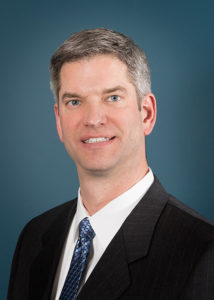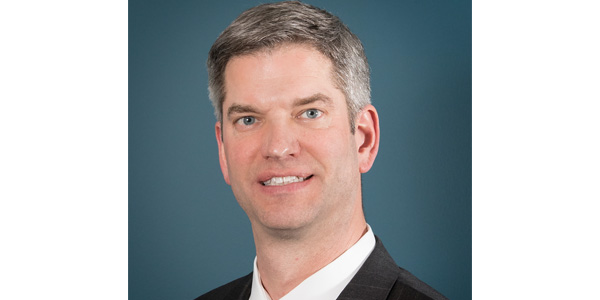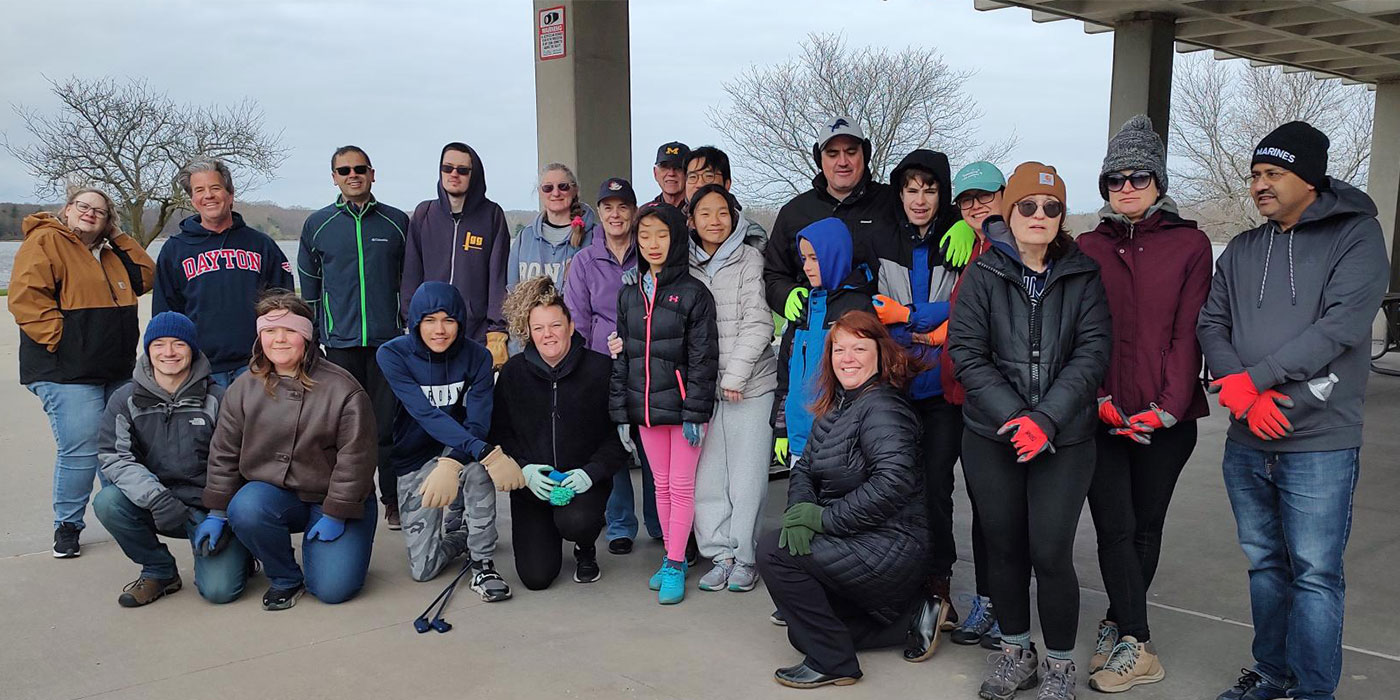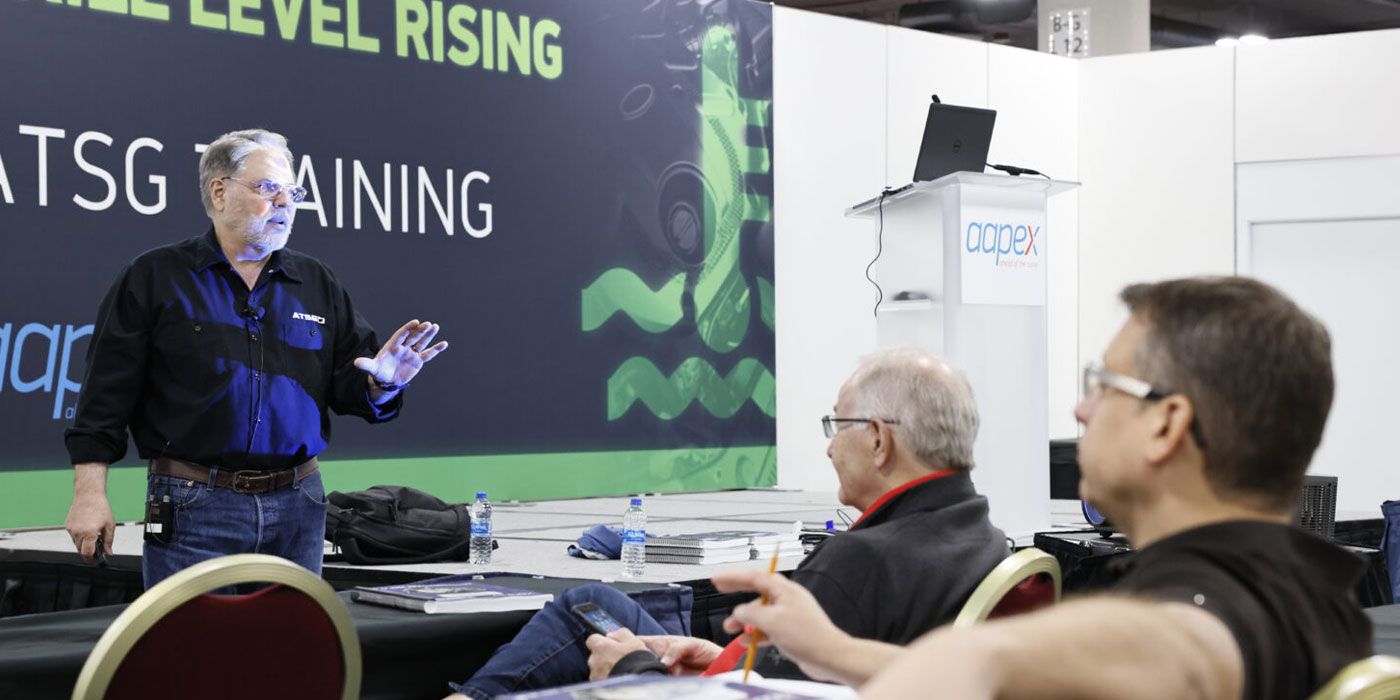 Appointed to the newly created role of chief technology officer (CTO) for MEMA, Brian Daugherty has a lot of ground to cover. In this exclusive interview, Daugherty talks about his first year in this new role, MEMA’s technology goals and key priorities, as well as the risks and opportunities created by technology and the rapid advancement of the connected vehicle.
Appointed to the newly created role of chief technology officer (CTO) for MEMA, Brian Daugherty has a lot of ground to cover. In this exclusive interview, Daugherty talks about his first year in this new role, MEMA’s technology goals and key priorities, as well as the risks and opportunities created by technology and the rapid advancement of the connected vehicle.
It has been just over a year since you joined MEMA in the newly created position of CTO. The creation of your position speaks to a need in the market for information on the rapidly evolving technology space within the aftermarket. You have a lot of ground to cover in a very fast-paced segment of the industry. What are your key priorities in this role?
AASA is very active in a number of technology areas including: telematics, vehicle data access and security, and cybersecurity. We are working to ensure that the aftermarket industry has access to the data they need to be successful. MEMA is active in fuel economy standards (CAFE and Phase II), advanced driver assistance systems (ADAS), automated and autonomous technology and Vehicle-to-Vehicle (V2V) communications. We also work closely with NHTSA and other government agencies to understand their priorities and help them understand our members’ priorities.
Going forward, what do you think will be the biggest challenges and biggest opportunities for the automotive aftermarket when it comes to emerging and advanced vehicle technologies?
Cybersecurity will continue to be an overarching concern with connected vehicles and as the industry locks down vehicles using new architectures, we need to ensure that the aftermarket has the necessary access. Everything will be affected, including OBD-II access, so we are working with SAE to help develop new standards that both protect vehicles from cyber-attack and allow legitimate access. As ADAS and automated vehicle systems become more prevalent, the complexity of replacement parts will require more engineering and development. In addition, the repair of these vehicles will continue the trend toward more specialized equipment including radar and camera targets for system alignment.
One of the biggest aftermarket opportunities on the horizon is vehicle-to-vehicle (V2V) communication, which uses 5.9 GHz, two-way radio systems that enable vehicles to exchange position information and other data with nearby vehicles. This allows vehicles to “see” each other on the roadways and provide longer-range warnings about potential dangers than is currently possible. NHTSA has just released their proposed rule to require this technology on all new light vehicles sold in the U.S. The aftermarket will play a large role in outfitting existing vehicles with V2V systems since the technology is most useful when a high percentage of the fleet is equipped. It is estimated that the annual OEM V2V equipment market will be worth $5 billion per year. With 264 million non-V2V equipped vehicles on the road, the aftermarket opportunity is enormous.
This past fall at AAPEX, you outlined what you saw as some of the immediate priorities for the automotive aftermarket, with cybersecurity being one of them. How does the aftermarket make sure it has a voice in the debate over cybersecurity and who owns access to the data?
All companies with interests in this area need to become active on the relevant SAE and ISO committees that are developing the next generation of standards. MEMA and AASA will continue to work with the OEMs, SAE, ISO, legislators, NHTSA and other government agencies to ensure that all voices are heard as the industry develops new vehicle architectures and data sharing standards.
What are some of the other immediate and long-term priorities for MEMA and its members when it comes to vehicle technology?
Fuel economy standards (CAFE and Phase II) and the lightweighting and advanced technology that will allow OEMs to meet these regulations; advanced driver assistance systems (ADAS); automated and autonomous technology; and Vehicle-to-Vehicle (V2V) communications.
What role does MEMA want to play within this space in terms of helping to keep members educated and prepared for what lies ahead?
MEMA and AASA’s mission is to advance the business interests of the industry and our members. Our goal is to fulfill that promise by taking a leadership role, collaborating with all stakeholders. Through our discussions and meetings with the USDOT (especially NHTSA), the EPA, OEMs, legislators and policymakers, we are uniquely positioned to keep our members informed and prepared for what lies ahead.
As you see it, what is the relationship between the automotive aftermarket and legislators on Capitol Hill when it comes to topics like cybersecurity, autonomous vehicles, telematics and vehicle data?
Our Washington, D.C., office is very active and meets regularly with legislators regarding these topics. Most legislators understand that consumers want the right to repair their vehicles where they desire and with the replacement parts they chose and therefore they understand the need for aftermarket access to vehicle data. Cybersecurity measures are very important and will be increasingly incorporated into new vehicles, but we must maintain data access for legitimate users including the aftermarket. Automated vehicle technology is advancing rapidly and as a result both regulators and legislators are struggling to protect the public without over-regulating an exciting new technology. MEMA and AASA are working with all parties to help achieve this balance.
MEMA is also a strategic partner of the Automotive Information Sharing and Analysis Center (Auto-ISAC). The Auto-ISAC is a non-profit organization that facilitates the trusted sharing of cybersecurity information and leads the development of vehicle cybersecurity best practices for the automotive industry. Its sharing model helps automakers and suppliers more effectively counter cyber threats and develop safeguards for vehicle electronic systems and networks by fostering industry collaboration on best practice guidelines for cybersecurity, evolving developments in the design and engineering of components and integrated vehicle systems, and responses to cyber-attacks.














